Additional Services
Relax. Refresh. Revive
Additional Information
Scaling and Root Planning
Scaling and root planing is a non-surgical procedure used to treat gum disease. During the scaling process, specialized dental instruments are used to remove dental plaque and calculus from beneath the gums. Planing is the procedure used to smooth the tooth’s root after the scaling process. Root planing helps the gums heal and reattach themselves to a cleaner and smoother root surface.
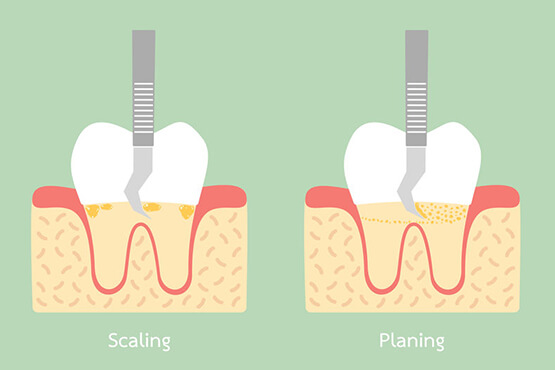
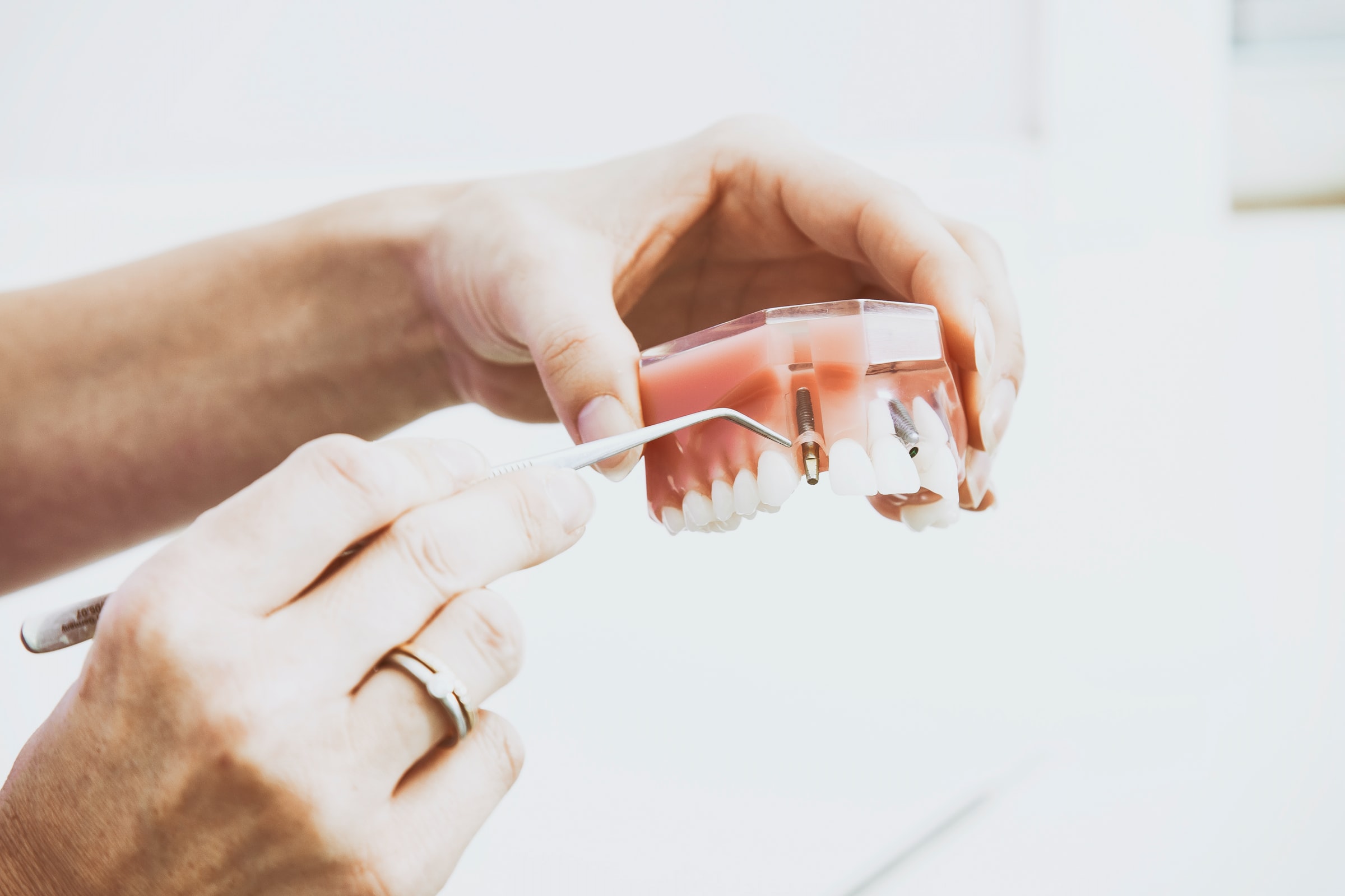
Root Canal Treatment
Root canals are most often necessary when decay has reached the nerve of the tooth or the tooth has become infected. When root canal therapy is performed, infected or inflamed pulp is removed from the tooth chamber. The inside of the tooth is then cleaned and disinfected before being filled and sealed to limit the possibility of future infection. Soon after the root canal is performed, the tooth is restored with a dental crown or filling to protect the tooth and restore normal tooth function.
Extractions
A tooth that can not be saved with restorative materials may need to be removed. Before removing your tooth, the area will be numbed with anesthesia. The tooth is then loosened using a special dental instrument known as an elevator. After it is loosened from the socket, it is gently removed by forceps, a dental instrument commonly used in dental extractions. Stitches may be necessary after the removal of a tooth.
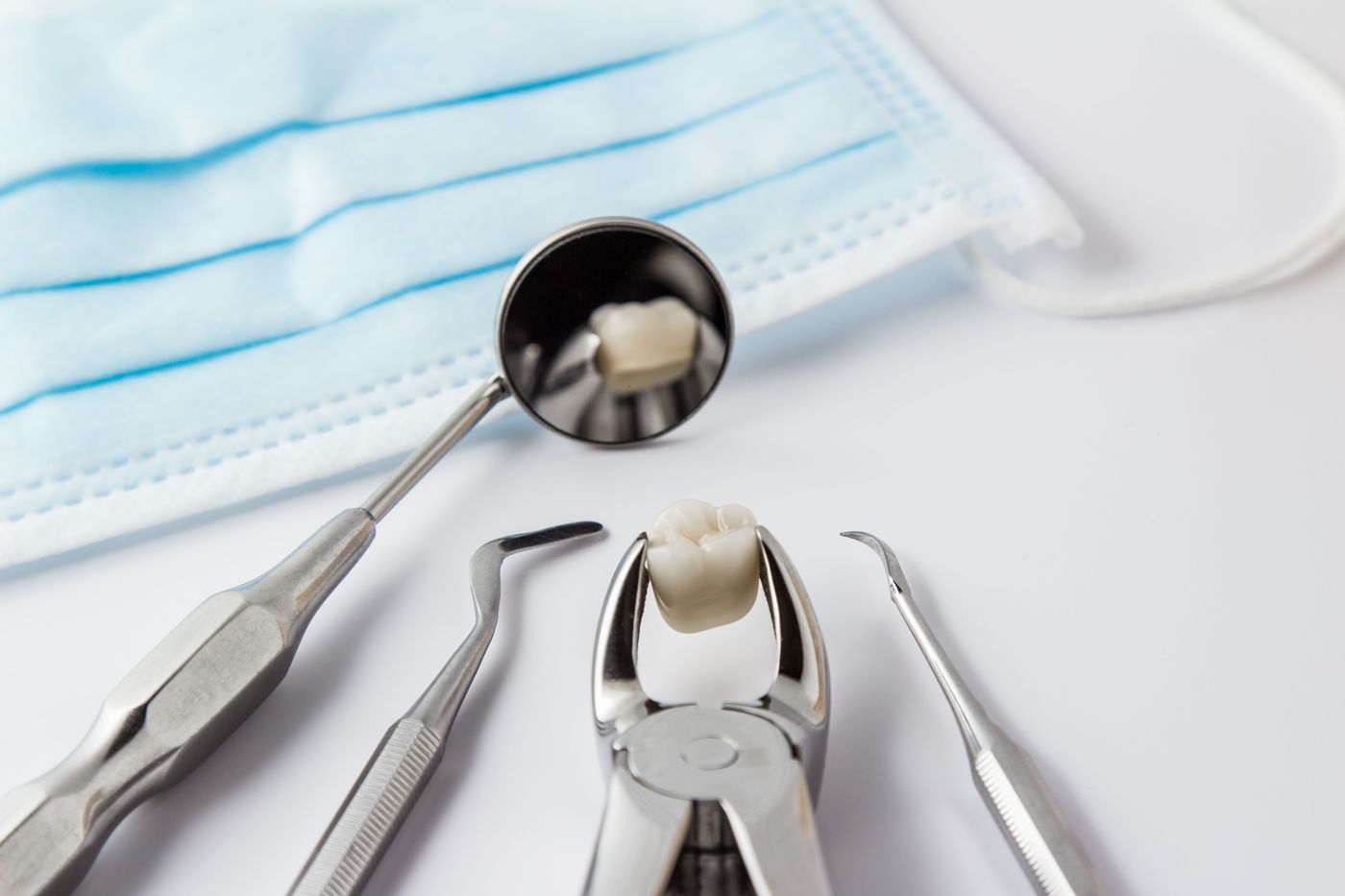
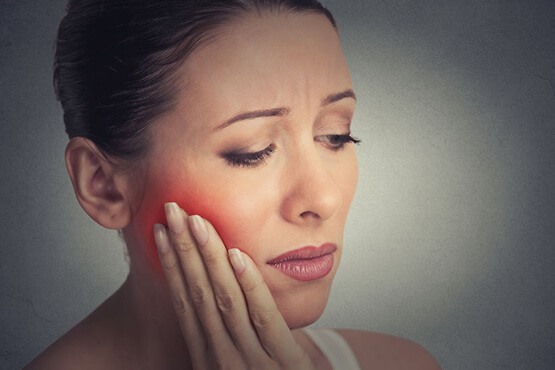
TMJ Disorders
The temporomandibular joint (TMJ) is similar to a sliding hinge that connects your jawbone to your skull. TMJ disorders can cause pain in the jaw joint and in the muscles that control jaw movement.
To treat TMJ disorders, first, the cause has to be identified. In less severe cases TMJ disorders can be treated with self-managed care (easting soft foods, using ice packs, avoiding extreme jaw movement) or nonsurgical treatments (anti-inflammatory medications, Botox injections, stabilization splints).
Sedation Dentistry
Nitrous oxide, sometimes referred to as “laughing gas,” is an effective and safe sedation agent that is inhaled through a mask that fits over your nose to help you relax. Mixed with oxygen, Nitrous oxide allows you to breathe normally through your nose and within minutes you should start to feel the effects. You may feel light-headed or a tingling in your arms and legs. Some patient’s comment that their legs and arms feel heavy. Ultimately, you should feel comfortable and calm. The effects of nitrous oxide wear off quickly after the small mask is removed. Talk to the doctor about whether nitrous oxide would be a good option for you.
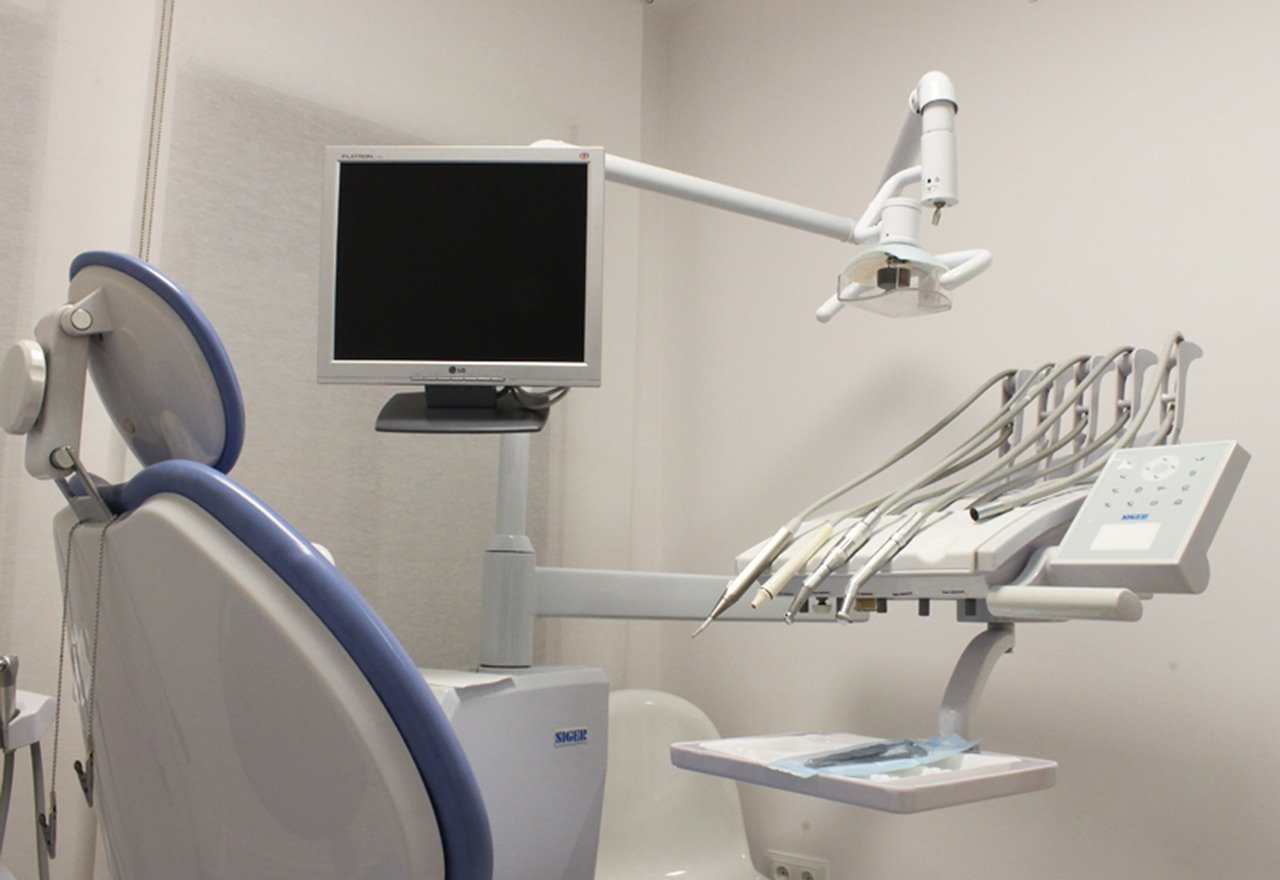
Book an appointment for a better family smile
We are currently accepting new patients. Give us a call at 978-297-1050 or use our online appointment form by clicking on the button below.
